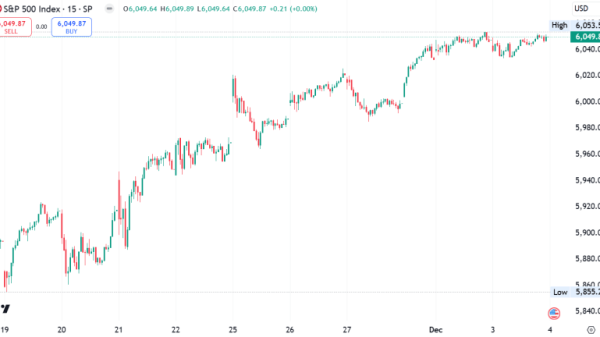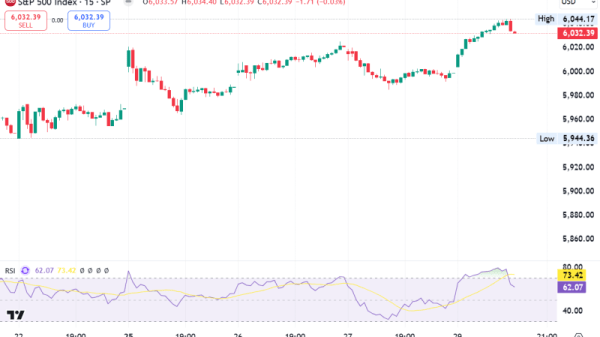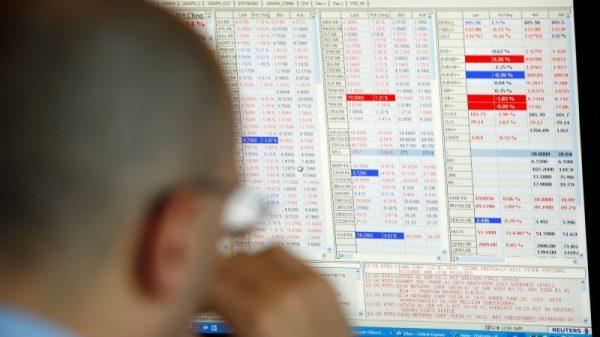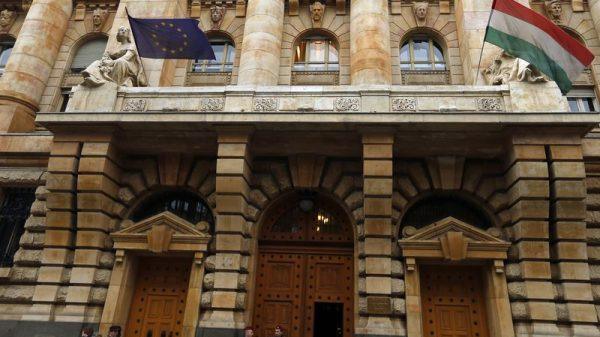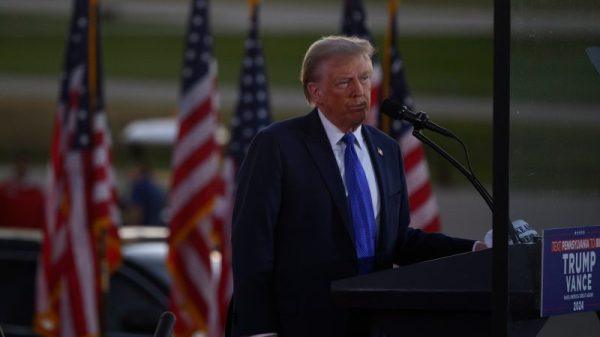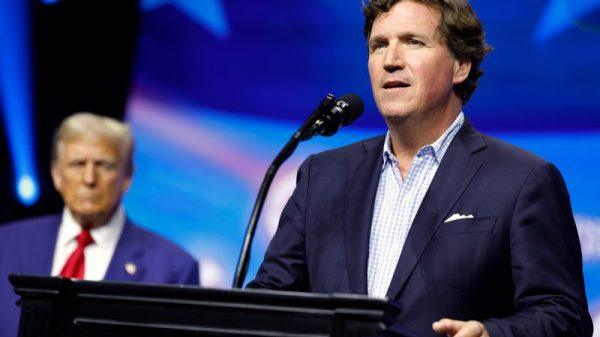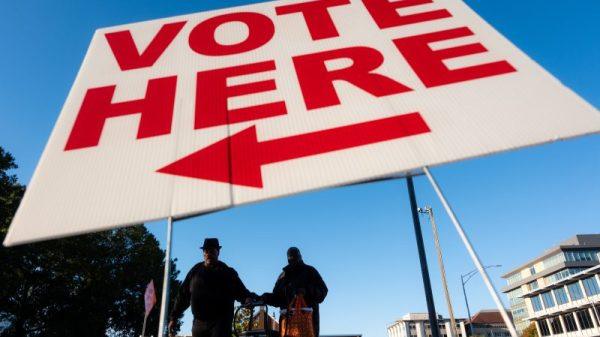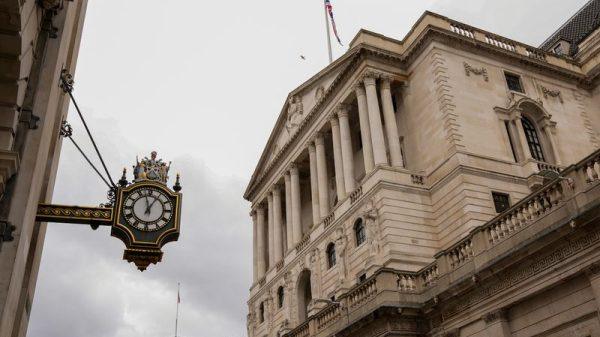By Leika Kihara
WASHINGTON (Reuters) – Most Asian central banks have room to cut interest rates, as the start of the U.S. monetary easing cycle reduces fears of an unwelcome weakening of their currencies, a senior International Monetary Fund official said on Thursday.
But Krishna Srinivasan, the director of the IMF’s Asia and Pacific Department, said risks to Asia’s economic outlook were tilted to the downside on tentative signs that global demand could weaken.
“No one wins from trade fragmentation. We all pay for slow global growth,” particularly in Asia where many countries are integrated in global supply chains, he told a press briefing during the IMF and World Bank annual meetings in Washington.
The IMF expects Asia’s economies to expand 4.6% in 2024 and 4.4% in 2025, remaining “the world’s engine of growth,” Srinivasan said.
Asia has also brought inflation down to low and stable rates faster than other regions, he said. “In emerging Asia, the disinflation process is actually complete.”
While some Asian central banks may have been reluctant to ease monetary policy before the Federal Reserve for fear of weakening their currencies, such concerns should have disappeared now that the U.S. central bank has started cutting rates, he said.
But the environment could become tougher for Asia due to slowing U.S. economic growth and weakening demand in China.
“Risks to the outlook are now relatively to the downside,” Srinivasan said. “Moreover, countries across the globe continue to implement trade restrictions at a rapid pace,” which could weigh on trade-reliant Asian economies, he added.
While Asian countries have the scope to ease monetary policy, their increasing public debt leaves many of them with less of an ability to loosen fiscal policy, he said.
“For most Asian countries, it’s time to start budgetary consolidation in earnest,” Srinivasan said.

